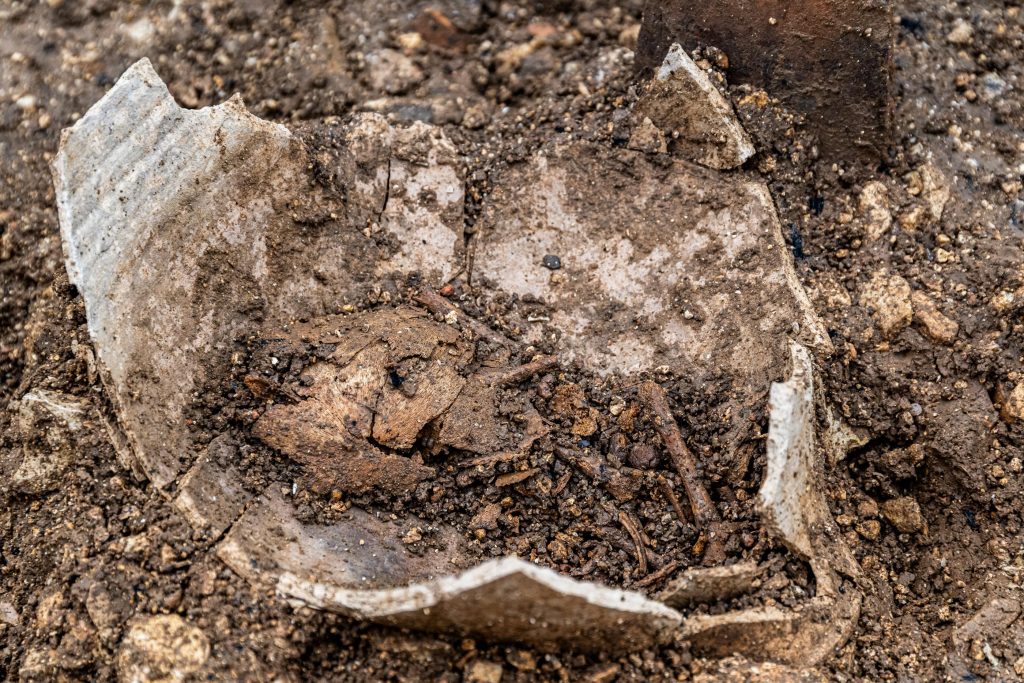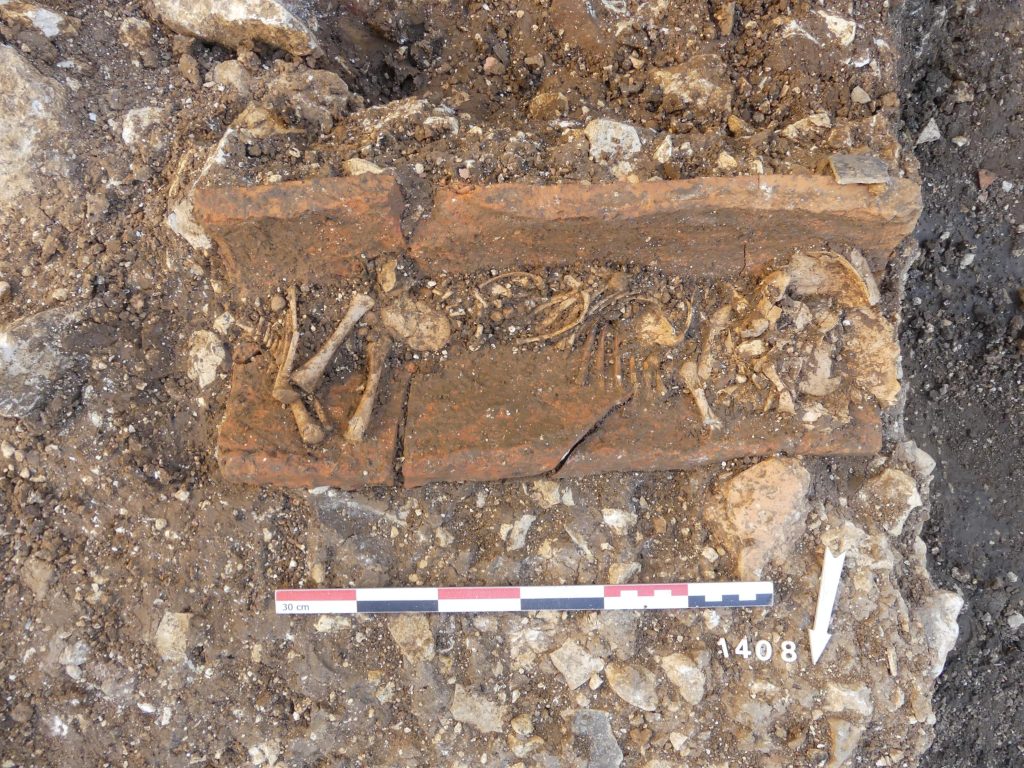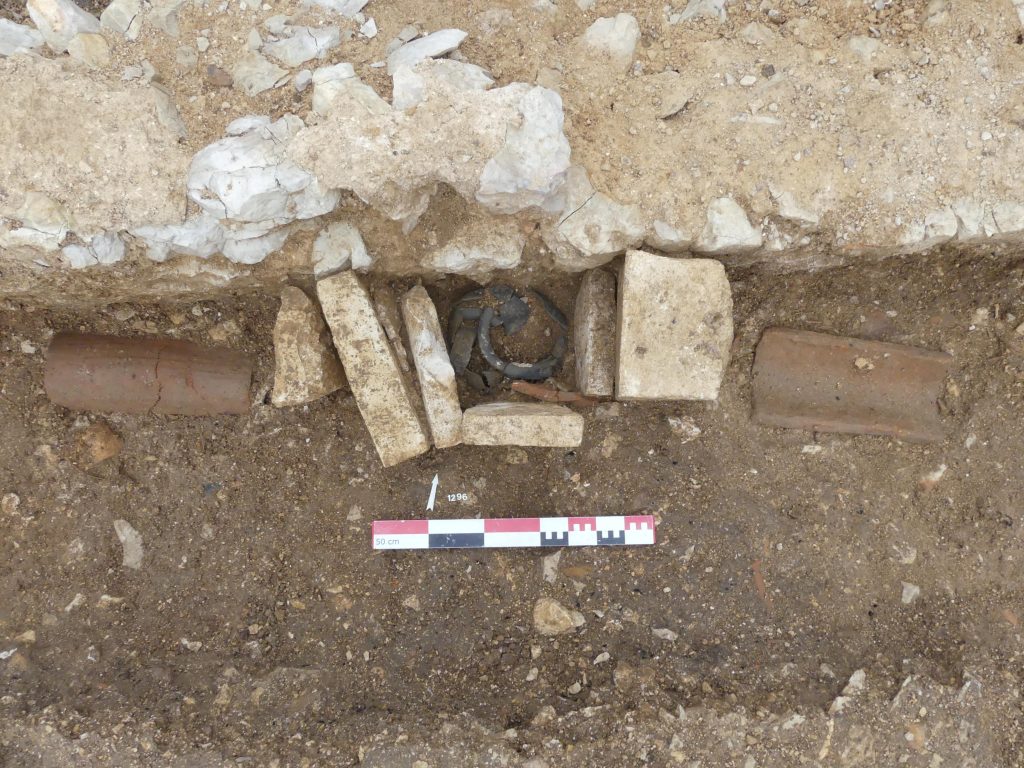
A necropolis dedicated to stillborn and very young children unearthed in France
The news of a death deeply upsets everyone. But the news of the death of stillborn or very young children is even sadder.
Some cultures believe that those who die as babies become angels and enter heaven.
During an excavation in the historic center of Auxerre, France, a necropolis dedicated to stillborn and very young children was uncovered, which was the scene of various funerals.
This necropolis dedicated to children was located on the periphery of the city’s main necropolis and was used from the 1st to the 3rd century.
📣 Our WhatsApp channel is now LIVE! Stay up-to-date with the latest news and updates, just click here to follow us on WhatsApp and never miss a thing!!

The specially subdivided necropolis is in the fortified town of Autessiodurum. The town was founded in 30 BC by the Gaulish Senones people on the banks of the Yonne river. Under Roman rule, it was at the crossroads of several important roads, but it was not of significant political importance until it was made the provincial capital of the Roman Empire in the 3rd century. In the 4th century new fortifications surrounded the city. The necropolis was found under these walls.
Infants and very young children (toddlers) were buried in ceramic vessels, wooden coffins, bark, stone molds, textiles and long curved roof tiles (imbrex).

Sometimes the graves were covered with fragments of amphorae or another set of roof tiles. One grave was marked with a spolia stone carved in the shape of a rosette.
There is evidence of complex muti-stage funeral rites performed in the tombs.

Ceramic pottery was broken near the graves at the circulation levels, their contents intended for the dead and the gods. To protect these young deceased people, they are accompanied by objects intended for protection in the afterlife (called “apotropaic” or “prophylactic”), such as pearls, coins, spindles.
The Auxerre excavation brings a lot of new information and questions about funerary practices for very young children and stillborns in Antiquity.
Source: History blog
You may also like
- A 1700-year-old statue of Pan unearthed during the excavations at Polyeuktos in İstanbul
- The granary was found in the ancient city of Sebaste, founded by the first Roman emperor Augustus
- Donalar Kale Kapı Rock Tomb or Donalar Rock Tomb
- Theater emerges as works continue in ancient city of Perinthos
- Urartian King Argishti’s bronze shield revealed the name of an unknown country
- The religious center of Lycia, the ancient city of Letoon
- Who were the Luwians?
- A new study brings a fresh perspective on the Anatolian origin of the Indo-European languages
- Perhaps the oldest thermal treatment center in the world, which has been in continuous use for 2000 years -Basilica Therma Roman Bath or King’s Daughter-
- The largest synagogue of the ancient world, located in the ancient city of Sardis, is being restored











Leave a Reply